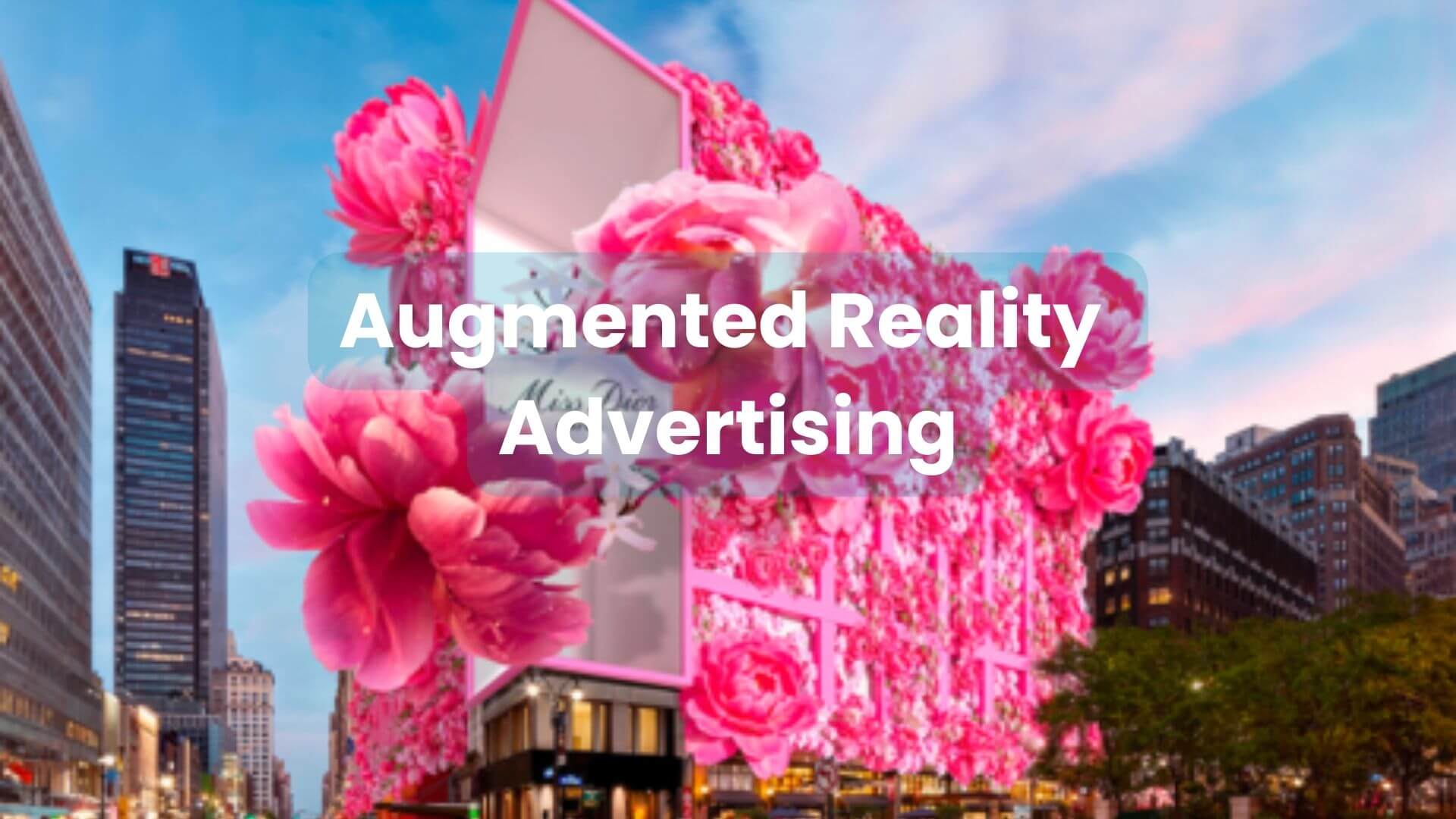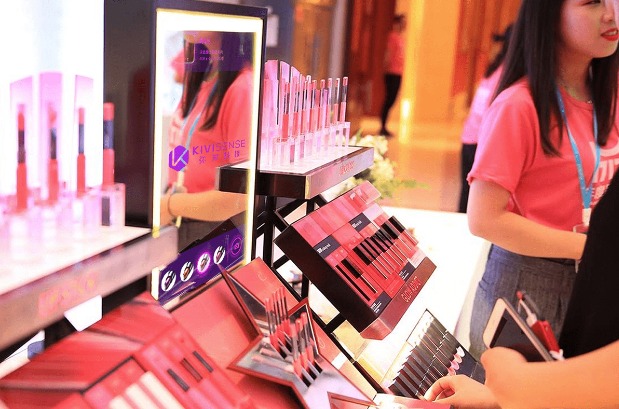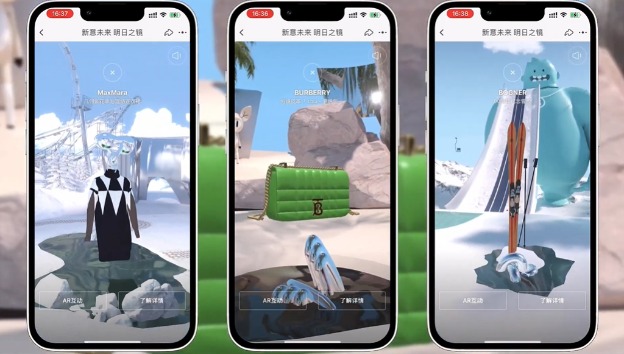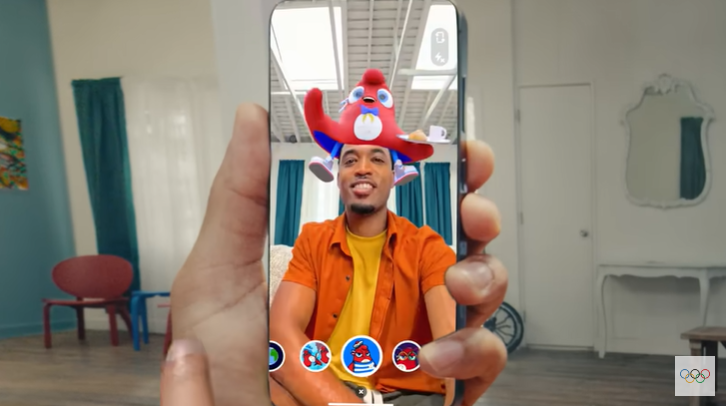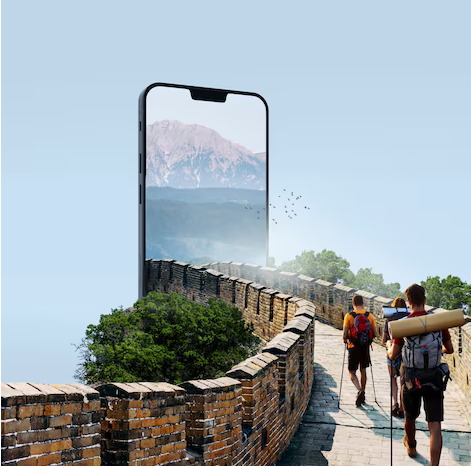Quick Access
Level up your marketing game with Augmented Reality advertising
What is augmented reality advertising?
Augmented reality is a technology that uses digital information to create 3D models. It integrates digital information like photos, videos, and 3D models with the user’s environment in real time to make the experience more realistic.
How is it different from AR, MR, and VR?
It is different from VR, which creates an artificial environment for users and shuts down the door to the real and physical world. Users are entirely within a virtual world, experiencing a simulated environment. VR is popular for gaming and virtual tourism.
It is also different form MR.
MR (mixed reality) is the combination of both AR and VR. It allows the digital and real-world objects to interact in real-time. User experience both digital and real world. This immersive technology is evolving day by and require design and prototyping, complex simulations.
Why does every business need AR advertising nowadays?
Digital marketing is evolving at a fast pace, and AR advertising is emerging as the power tool to increase conversion and user engines. That’s why every business, whether small or large, is taking the edge of AR advertising. It seems to blend into the real world and overlay digital information onto our physical world. The following are some real-world case studies that will help you understand how businesses are getting benefits from AR and taking their sales to the next level.
Jordan‘s first World of Flight store in China
Jordan Brand has opened its first World of Flight store in China, located in Beijing’s Sanlitun. This innovative store features a stunning augmented reality (AR) experience that immerses visitors in the brand’s “World of Flight.” The AR elements blend virtual and physical spaces, showcasing Jordan’s heritage and innovation. The store aims to engage and captivate customers through interactive and immersive experiences, making it a unique retail destination for Jordan fans in China.
Dior’s Flower Show
Miss Dior has unveiled an AR experience for Macy’s Flower Show 2024. They focus on innovative advertising through augmented reality. This experience allows visitors to immerse themselves in a virtual floral world. Highlighting Dior’s signature elegance and creativity. The AR elements are designed to enhance customer engagement providing an interactive and memorable way to explore the brand’s offerings. This cutting-edge approach not only showcases Dior’s products but also creates a unique and captivating shopping experience for attendees.

Source: The FWA
Coca-Cola’s AR marketing campaign
We all know Coca-Cola’s brand game, and they never miss an opportunity to reinforce the cocoa brand identity. Coca-Cola’s AR marketing campaign for its Coke Zero is another example of their brand identity as innovative and forward-thinking. You can see clearly how AR advertising leveled up their marketing and brand identity. By scanning the Coke Zero can with a smartphone, consumers unlock a virtual experience. Consumers can transform it into a portal to a football game.

Perks of using AR advertising
Every business can enjoy the following perks of AR advertising.
User engagement through immersive advertisement
Brands always try innovative ways to increase customer engagement. AR advertising provides them a chance to adopt a novel way to engage with customers.
AR advertising always requires customer or user involvement, which leads to more augment whether it is playing gamine or trying any product virtually.

Source: The FWA
The AR game “Pokémon GO” saw players spend more than forty-five minutes per day on the app. This shows how powerful AR could be to enhance user engagement. Moreover, it’s up to brands and companies to cleverly use AR advertising to increase engagement.
Pepsi’s AR bus shelter campaign created a buzz on social media, and millions of people became part of this by sharing their experiences of virtual surprises.
According to research, users spend an average of 75 seconds interacting with AR ads, compared to 2.5 seconds for standard display ads.
Enhanced conversion and less e-returns
AR advertising allow customer to try products before buying, whether make up, clothes or shoes. Literally you can visualize these products see how items will look on you without needing a physical trial.
AR it also provides additional product information and demonstrations so customer can make more informed decisions. That’s why AR advertising result in to the more conversions and less returns.
According to a research article, 71 percent of shoppers would shop at a retailer more often if they were offered AR. Similar Retailers using AR have seen return rates drop by up to twenty-five percent.
Nike used AR apps to allow customers to virtually try on sneakers. According to Nike this AR experience led to nineteen percent increase in sales.
So AR advertising boosts conversion rates by enhancing product visualization, enabling virtual try-ons, providing interactive and engaging content, and personalizing the shopping experience.
Kennel Company Gunner Kennels Company made specialized crates for dogs. using AR and 3D models, they saw a forty percent increase in order conversion rates and a five percent reduction in return rates.
How AR is leveraging business around the globe
- Tiffany’s 3D Holiday Fantasy City is a Festive AR Experience. Tiffany is amplifying the festive spirit with their 3D Holiday Fantasy City launch! Step into the magic of holiday dreams with AR virtual try-on, where you can open the iconic blue box to explore stunning 3D jewelry pieces.
- Dolce & Gabbana’s AR Adventure showed its magic through AR at the 6th China International Import Expo. Through AR, visitors were able to immerse themselves in the luxurious world of Dolce & Cabana, exploring stunning fashion pieces and accessories in a completely new and interactive way.
Enhanced brand perception
If a company uses AR advertising to show its forward-thinking and future vision, it is helpful in creating better brand perception. Consumers can easily differentiate the brand from competitors. It is also helpful in fostering greater brand loyalty and repeat business. Pepsi and Coca-Cola’s AR advertising is the best example of how cleverly they use their AR ads for better brand identity and brand loyalty.
- Jordan AR Experience will take you to a world of excitement and innovation. The Jordan AR Experience at Beijing Sanlitun is an impressive example of an AR experience. Unleash the ‘World of Flight’ and immerse yourself in a dynamic augmented reality journey. This cutting-edge AR experience allows you to explore the iconic Jordan brand in an entirely new way.
- It is a journey of digital creativity. Discover the vibrant fusion of Art and technology with Shenzhen Metro’s AR ARtventure. This innovative project transforms your commute into an immersive journey through digital creativity, bringing Art to life in the metro environment.
- In-Store AR Experience with Laurier x Watson’s Virtual Garden. Step into a whimsical world of comfort and innovation with Laurier and Watson’s In-Store AR Experience. Join the Virtual Garden Visit featuring Puffy 3D Cotton, and immerse yourself in an engaging and interactive journey that redefines your shopping experience.
Latest Trends in Augmented Reality Advertising
Augmented Reality (AR) advertising continues to evolve, integrating with emerging technologies like Artificial Intelligence (AI), Computer-Generated Imagery (CGI), and new hardware like Apple’s Vision Pro.
Following are the latest trends in Augmented Reality Advertising
Advanced CGI for realistic content

Due to CGI, it is possible to use high-quality visuals. These visuals can be integrated into the real world so easily. This makes ads more visually appealing and realistic. CGI allows apps to create detailed 3D models to see how a product looks and fits with exceptional accuracy. CGI allows for perfect lighting, ideal angles, and a level of detail that can highlight specific features of a product. It enables the creation of scenes and scenarios that would be difficult or impossible to achieve with traditional photography. Moreover, Combining CGI and AR advertising can create a more effective marketing strategy.
Integration of Artificial intelligence with AR advertising
As you know, AI has revolutionized everything, so why not marketing? AI algorithms analyze user behavior and preferences. It is helpful in tailoring AR ads that resonate more deeply with individual consumers.
AI generated chatbot and virtual assistance can do wonderful ob. They can interact with users, answer questions, and guide them through the purchasing process.

AI Fundamentals in AR
Computer Vision
Machine Learning
Data Analysis
Real-time Spatial Mapping
Apple’s Vision Pro
Pro Tips
- Invest in ongoing training and development, so your team can stay ahead of the curve.
- Partner with tech companies and startups to gain early access to new AR technologies.
- Set clear KPIs for your AR campaigns and keep experimenting to determine what works best.
- Continuously refine your approach based on data-driven insights.
- If you don’t know about AR advertising, then always go for a company that can leverage your business by providing better AR solutions.
Step-by-step guide to AR advertising
Define your goals
Know your target audience.
Do some market research for AR technologies and platform
Create engaging AR content.

Integrate AR into marketing channels.


